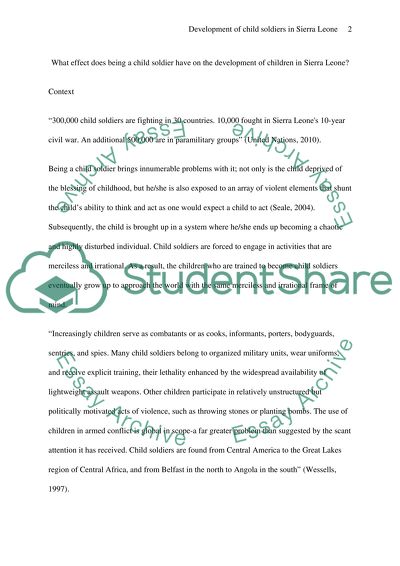Cite this document
(What Effect Does Being a Child Soldier Have on the Development of Research Paper, n.d.)
What Effect Does Being a Child Soldier Have on the Development of Research Paper. Retrieved from https://studentshare.org/social-science/1574237-research-methods-and-perspectives
What Effect Does Being a Child Soldier Have on the Development of Research Paper. Retrieved from https://studentshare.org/social-science/1574237-research-methods-and-perspectives
(What Effect Does Being a Child Soldier Have on the Development of Research Paper)
What Effect Does Being a Child Soldier Have on the Development of Research Paper. https://studentshare.org/social-science/1574237-research-methods-and-perspectives.
What Effect Does Being a Child Soldier Have on the Development of Research Paper. https://studentshare.org/social-science/1574237-research-methods-and-perspectives.
“What Effect Does Being a Child Soldier Have on the Development of Research Paper”. https://studentshare.org/social-science/1574237-research-methods-and-perspectives.


